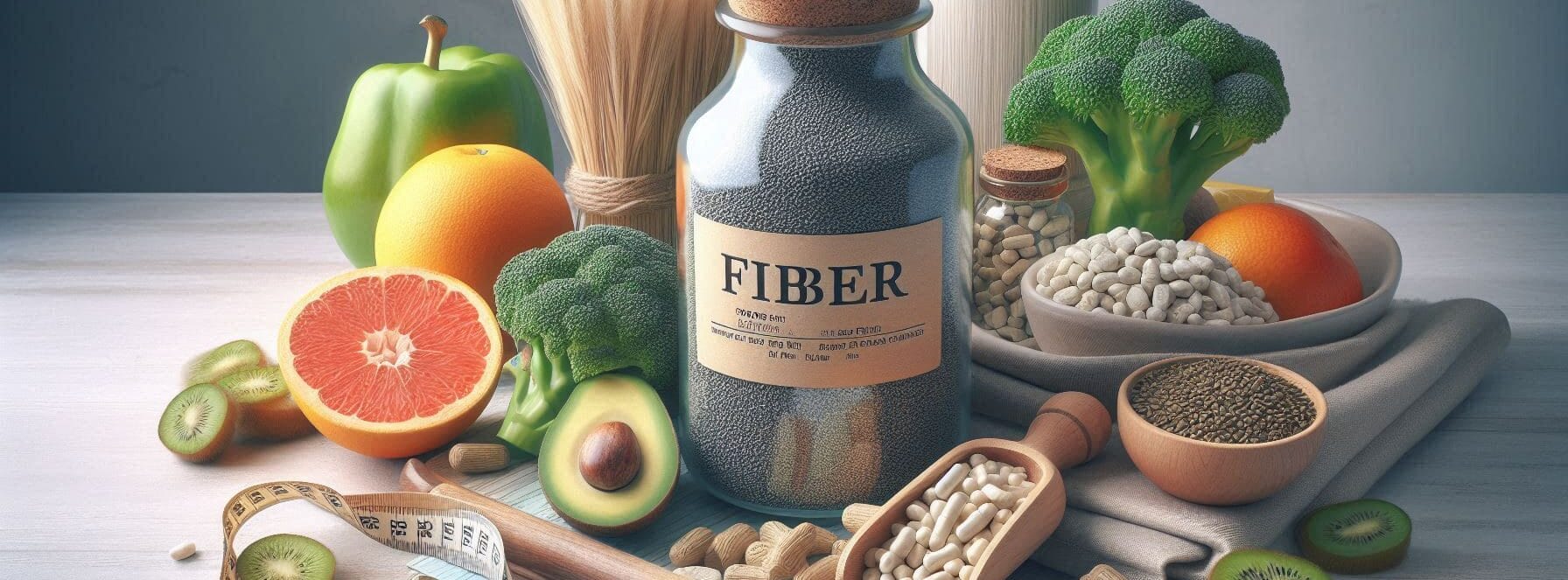Please Note: This post may contain affiliate links. If you click one of them, we may receive a commission at no extra cost to you. As an Amazon Associate, I earn from qualifying purchases.
Let’s face it: when it comes to meal planning for fat loss, many of us are like deer in headlights. We know we need to eat healthier, but the moment someone mentions “meal plan,” our brains short-circuit.
I mean, who wants to live on kale and quinoa while dreaming of pizza? The good news is that building a sustainable meal plan doesn’t have to feel like a punishment. It can be delicious, fun, and even satisfying!
So grab your fork (and maybe some chocolate—just kidding!) as we dive into this tasty topic.
Top Takeaways and Key Concepts
Create sustainable plans: Include foods you enjoy to maintain long-term adherence without feeling deprived.
Set realistic goals: Focus on small, achievable changes rather than drastic, overnight transformations.
Plan and prep meals: List favorite meals, make healthier swaps, and prepare ingredients in advance.
Balance macronutrients: Ensure each meal contains protein, healthy fats, and complex carbohydrates for energy.
Listen and adjust: Pay attention to hunger cues, portion sizes, and modify meals based on results.
Summary of This Article
The article emphasizes building a sustainable meal plan for fat loss by focusing on enjoyment, flexibility, and balance. It highlights setting realistic goals, planning meals creatively, prepping ingredients, and balancing macronutrients for optimal nutrition. Listening to hunger cues and adjusting the plan based on personal experiences ensures long-term success. Overall, the piece encourages approaching meal planning as a flexible, enjoyable journey that supports health goals without feeling restrictive.
1. Understanding What “Sustainable” Means

First things first: what do we even mean by “sustainable”? No, we're not talking about eating only organic food grown by monks on mountaintops (though that does sound lovely).
Sustainability in this context means creating a meal plan you can stick with long-term without feeling like you're missing out on life’s culinary joys.
By the way, if you think sustainability means you have to eat bland foods while gazing longingly at your friends’ burgers, think again!
A sustainable meal plan should include foods you enjoy. After all, why would anyone willingly choose to munch on cardboard-flavored rice cakes for eternity? That's just cruel!
2. Setting Realistic Goals
Now let’s talk goals because setting them is crucial—like trying to build a house without blueprints (spoiler alert: it won’t end well).
Instead of aiming for an unrealistic transformation where you magically become a fitness model overnight (if only!), focus on small changes that fit your lifestyle.
For example, instead of saying “I will never eat dessert again,” try “I’ll enjoy dessert once a week.” This way, you’re not depriving yourself; you're simply managing your cravings like an adult with self-control. And honestly, who doesn’t want cake on occasion? Life is too short for endless salads!
3. Planning Your Meals Like A Pro
Next up: how do we actually create this magical meal plan? To be fair, it requires some thought and creativity—think of it as painting your masterpiece rather than following paint-by-numbers instructions. Start by listing meals and snacks you love and then figure out how to make them healthier.
Let’s see… If tacos are your jam (who doesn’t love tacos?), consider using whole-grain tortillas or lettuce wraps instead of regular ones. Swap ground beef for lean turkey or beans if you're feeling adventurous! The key here is flexibility; don't box yourself into boring meals.
Also, prep is everything! Spend one day prepping ingredients so they’re ready when hunger strikes—because believe me, standing in front of an empty fridge at 8 PM isn’t going to help anyone’s diet!
4. Balancing Macronutrients
Interestingly enough, understanding macronutrients can take your meal planning from ordinary to extraordinary! These are proteins, fats, and carbohydrates—the trifecta of nutrition that keeps our bodies functioning smoothly (kind of like oil in a car).
Aim for balance across these three categories in each meal. For instance:
– Proteins: Think chicken breast or lentils.
– Healthy Fats: Avocado or nuts will work wonders.
– Carbohydrates: Opt for whole grains or colorful veggies.
On the other hand, don’t fear carbs—they're not the enemy! Just choose wisely and avoid the white bread monster lurking in the pantry.
5. Listening to Your Body
Speaking of balance… let’s discuss listening to our bodies because ignoring hunger cues is like trying to ignore that weird noise coming from your car engine—it never ends well! Pay attention to what makes you feel good versus what leaves you feeling sluggish after lunch.
Are you full after half that sandwich? Great! Save the rest for later instead of forcing down every last bite just because it's there—this isn’t Thanksgiving dinner every day!
Learning portion control is essential; remember those epic battles over who gets the last slice of pizza? Well, now's your chance to win against yourself!
6. Making Adjustments Along the Way
As with any great adventure (or quest), things might change along the way—and that's okay! Maybe you'll discover new recipes or realize certain foods just aren’t cutting it anymore (goodbye mystery meat!).
Be open-minded and adjust accordingly; adaptability will keep things fresh and exciting!
Keep track of what works and what doesn't—maybe spicy foods cause chaos in your stomach during meetings? Jot those observations down so future-you won’t repeat past mistakes!
7. Enjoying Your Journey
Finally—and perhaps most importantly—enjoy the process! Remember that building a sustainable meal plan isn't about perfection; it's about progress and finding joy in nourishing yourself better than before.
So go ahead; celebrate small victories along the way—a successful week sticking to your plan deserves ice cream (in moderation)!
And trust me; learning how food fuels our bodies can be quite liberating—it turns us from mere consumers into empowered chefs crafting our health journey one delicious bite at a time!
Suggested External Resources:
How To Build a Healthy Meal Plan
https://www.healthline.com/nutrition/how-to-meal-plan
Meal Prep Tips for Beginners
https://www.eatingwell.com/article/290396/how-to-meal-prep/
The Ultimate Guide to Macros
https://www.bodybuilding.com/content/the-ultimate-guide-to-macros.html
Frequently Asked Questions
What does a sustainable meal plan mean?
A sustainable meal plan is one you can follow long-term without feeling deprived. It includes foods you enjoy while still supporting fat loss goals.
How do realistic goals help with fat loss?
Realistic goals make the process manageable and prevent burnout. Small, gradual changes are easier to maintain than extreme restrictions.
Why is meal planning important for fat loss?
Meal planning helps you stay consistent, avoid impulsive eating, and make healthier choices. Preparing ingredients in advance reduces stress and supports adherence.
How should I balance macronutrients in my meals?
Aim for a mix of protein, healthy fats, and complex carbohydrates in each meal. This balance supports energy, fullness, and overall nutrition.
How do hunger cues affect meal planning?
Listening to hunger cues helps you avoid overeating and recognize true hunger. It also guides portion control and meal timing adjustments.
Can I still enjoy my favorite foods?
Yes. A sustainable plan includes foods you love with healthier swaps or mindful portions, allowing enjoyment without derailing progress.
Should I adjust my meal plan over time?
Adjustments are essential as your needs, preferences, and results change. Flexibility keeps your plan enjoyable and effective long-term.

Kevin Collier is a dedicated health enthusiast and writer for FatFAQ.com, where he shares his expertise on weight loss and maintaining a healthy lifestyle. With a focus on practical tips and evidence-based strategies, Kevin aims to inspire readers to achieve their health goals through informed choices. His engaging articles cover nutrition, exercise, and holistic wellness, providing valuable resources for anyone looking to improve their well-being. Passionate about helping others transform their lives, Kevin advocates for sustainable habits that promote lasting health and vitality.




